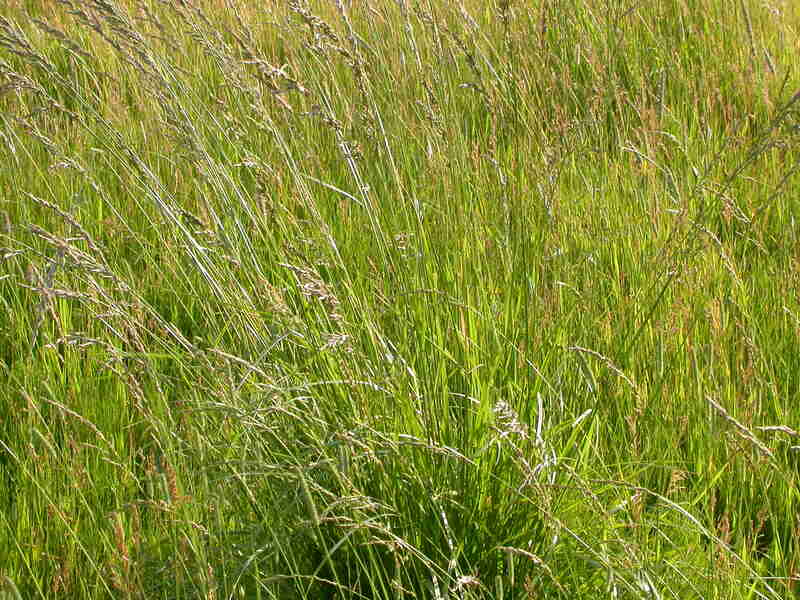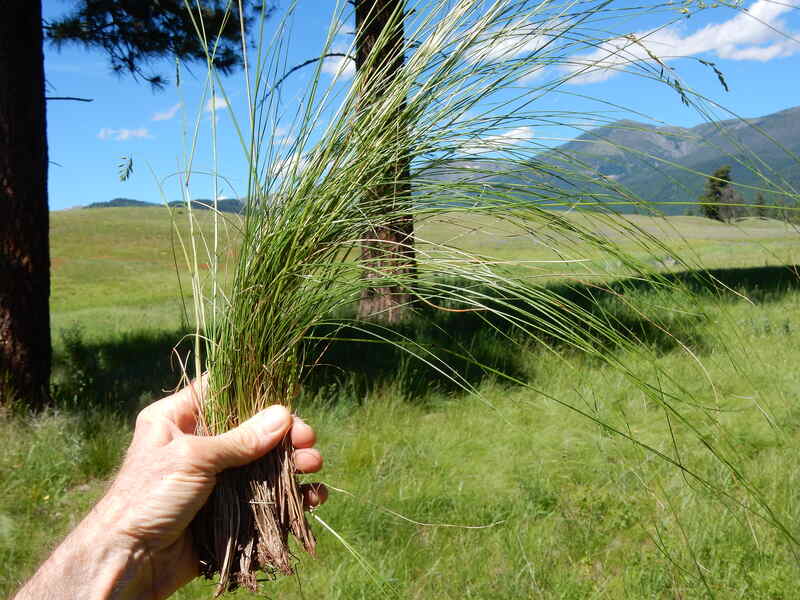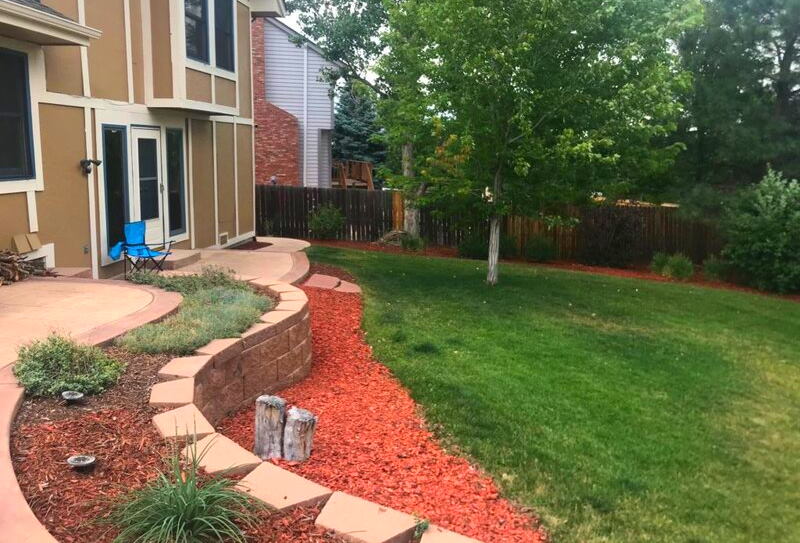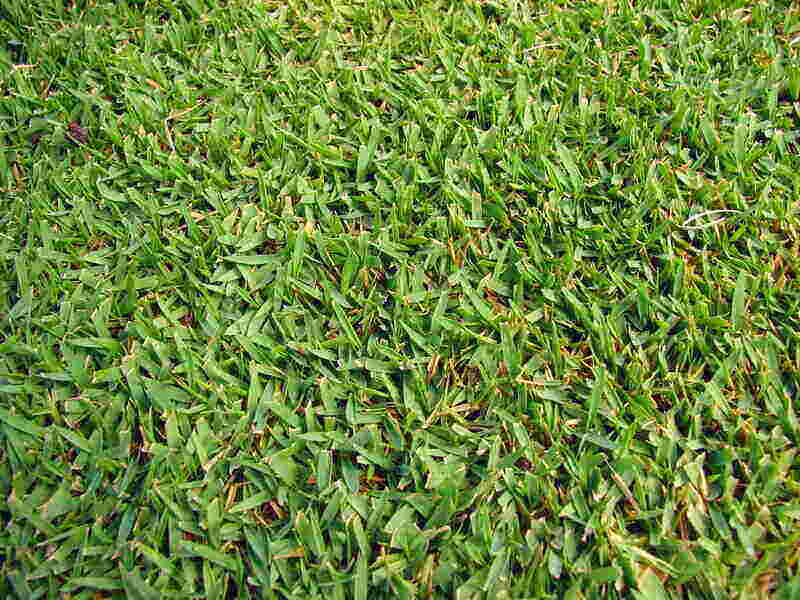The Best Grass Seed for Your Eastern Tennessee Lawn
BY JUDITH GALLOVA | MAY 9TH, 2023 | LAWN CARE, TENNESSEELet’s be honest about this: With its rolling mountains and gentle waterfalls, Eastern Tennessee is one of the most visually stunning places in the U.S. It makes sense, then, that you’d want a lawn that matches that view, and you can have it if you know what grass seed grows best in Eastern Tennessee.
But of course grass is not a one-size-fits-all proposition. Each variety has different characteristics, different maintenance needs, and tolerates bugs, diseases and shade to varying degrees. The challenge is finding one that thrives here and suits your lifestyle.
In this guide, we walk you through the best ones for Eastern Tennessee.
In this article:
The Climate of Eastern Tennessee
Where you live affects which grass types thrive in your area. Tennessee is a state of diverse climates:
- Western Tennessee: The climatically warmest part of the state is here; however, the region is also most susceptible to severe weather and the remnants of tropical storms and hurricanes
- Middle Tennessee and Cumberland Plateau: Variable climate; Cumberland Plateau receives the most snow and rain; it’s also most likely to receive snow even when it’s raining in the rest of the state
- Eastern Tennessee: The “rain shadow” effect is in this region, meaning that it’s partially dry; it has both the lowest and the highest rainfall records; the region is also cooler due to a higher elevation
Generally speaking, you can make your choice from our Tennessee grass types. However, much of Eastern Tennessee is more elevated than the rest of the state, which means it’s also colder. If you’re in an elevated region, cool-season grasses are the better pick.
Additionally, if you live in an area that doesn’t get a lot of rain, you should consider using a grass that can withstand droughts.
Here are four grasses that tolerate both drought and cold and work well in Eastern Tennessee.
4 Drought- and Cold-Tolerant Grasses for Eastern Tennessee
1. Turf-Type Tall Fescue

Photo Credit: Matt Lavin / Flickr / CC BY-SA 2.0
Turf-type tall fescue is a popular option in Tennessee, and for a good reason. While it’s a cool-season grass, it’s perfect for transition zones thanks to its high drought and heat tolerance. In addition, it’s easy to maintain and isn’t as susceptible to diseases or thatch as other grass types. To get the best of both grasses, some homeowners like to mix turf-type tall fescue with Kentucky bluegrass.
If you expect a lot of foot traffic on your lawn, turf-type tall fescue should be able to handle it. But if damage occurs, your grass will be able to repair itself if you choose a variety with rhizomes.
Classification: Cool-season grass
Spreads by: Bunches, occasionally rhizomes
Shade tolerance: Moderate
Drought tolerance: Very high
Foot traffic tolerance: High
Maintenance needs: Low
Mowing height: 3 to 4 inches
Potential for disease: Low
2. Creeping Red Fescue

Photo Credit: Matt Lavin / Flickr / CC BY-SA 2.0
If you have a shady lawn with little foot traffic, creeping red fescue may be the right choice. It’s a fine fescue variety that needs little maintenance and even handles drought to some extent. Creeping red fescue can also be used together with Kentucky bluegrass.
However, this grass isn’t that durable, so if you expect a lot of activity on your lawn, this may not be the right grass for you. Also, take note that fine fescue grasses are prone to thatch buildup.
Classification: Cool-season grass
Spreads by: Rhizomes
Shade tolerance: High
Drought tolerance: Moderate
Foot traffic tolerance: Low
Maintenance needs: Low
Recommended mowing Height: 3 to 3.5 inches
Potential for disease: Moderate
3. Kentucky Bluegrass

Photo Credit: Brenda Ryan / Wikilawn
For a dense, lush lawn, Kentucky bluegrass is a great choice. It grows well in cool climates and is known for its smooth texture and dark green color. Additionally, Kentucky bluegrass tolerates foot traffic well in colder months and recovers quickly from damage.
However, Kentucky bluegrass also grows slowly and can become damaged by too much shade, heat, and poor soil. It’s also prone to thatch buildup. It’s often mixed with other grasses to help it thrive. Regardless, though, it’s a slow-growing grass that needs more attention than alternatives.
Classification: Cool-season grass
Spreads by: Rhizomes (underground stems)
Shade tolerance: Tolerates partial shade, but prefers full sun
Drought tolerance: High but long periods of drought will lead to dormancy
Foot traffic tolerance: High in colder weather, lower in warmer seasons
Maintenance needs: High
Mowing height: 2.5 to 3.5 inches
Potential for disease: Moderate to high; susceptible to diseases such as necrotic ring spots and rusts
4. Zoysiagrass

Photo Credit: Forest & Kim Starr / Wikimedia Commons / CC BY-SA 3.0
So far, we’ve only mentioned cold-season grasses; but if you’re in for a warm-season grass that will thrive even in the midst of a scorching summer, zoysiagrass is the right fit. Out of all warm-season grasses, Zoysiagrass is the best at tolerating cold weather, and it can even handle some shade. It also handles a variety of soil types as well as stressors such as drought, heat, foot traffic, and weeds.
Nevertheless, be careful, because once Zoyisiagrass gets damaged, it doesn’t repair itself. It also takes a long time to establish; and while buying plugs or sod may speed up the process, it will also be more costly. Additionally, you need to watch out for thatch buildup.
Classification: Warm-season grass
Spreads by: Stolons and rhizomes
Shade tolerance: Moderate (high for a warm-season grass type)
Drought tolerance: Moderate to high, depending on the cultivar
Foot traffic tolerance: High; dense growth resists damage, and spreading through stolons and rhizomes allows for quick recovery
Maintenance needs: Low to moderate
Mowing height: Typically 1.5 to 2.5 inches depending on cultivar and shade; heights below 1 inch need a reel mower (which is recommended anyway)
Potential for disease: Low to medium, depending on the cultivar
FAQ About Eastern Tennessee’s Grass Types
If you live in a cold area with little rain, turf-type tall fescue is the best choice. This grass is known for its year-round foliage as well as its ability to handle drought. It’s also easy to take care of, doesn’t get diseases like other grasses, and handles foot traffic and moderate shade.
If you’d like your lawn to thrive even when temperatures max out in the summer, Zoysiagrass may be your pick. It’s a warm-season grass that tolerates both cold temperatures and drought. Plus, it also easily handles foot traffic and is relatively easy to maintain.
Fine fescue grasses typically tolerate shade well, so if you have a lot of trees or hardscapes that obstruct sunlight in your lawn, and if it doesn’t get too dry or busy, creeping red fescue may be a good option.
Although there are many lovely kinds of grasses out there, Kentucky bluegrass is known for its dense, lush growth and is a popular choice for lawns in cooler climates. It’s a high-maintenance option that’s often picked for its specific look and texture, but it’s also relatively resistant to heat and foot traffic.
How to Make the Most Out of Your Eastern Tennessee Lawn
Have you found the right grass type? If so, make sure you learn all about it and properly maintain it to ensure a healthy and vibrant lawn. Consider regular maintenance jobs such as aerating, overseeing, mowing, watering, and so forth.
Even if you pick a low-maintenance grass type, there will still be a list of tasks you’ll need to get through on the regular. If you’d like some help keeping your lawn in mint condition, get in touch with one of WikiLawn’s lawn care pros.
Main Image Credit: Smoke321 / Wikimedia Commons / CC BY-SA 4.0